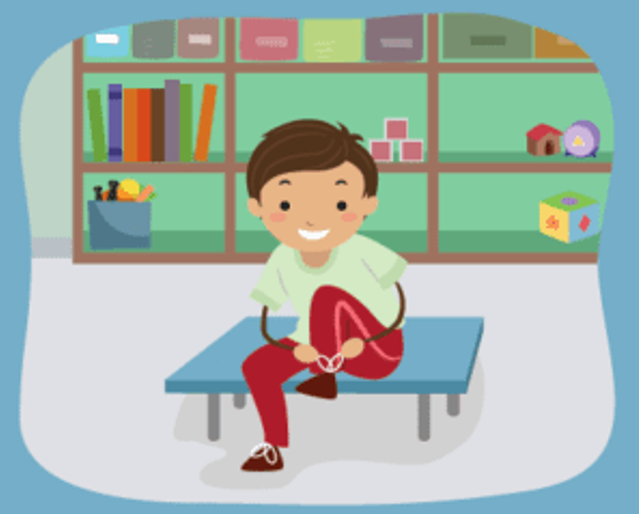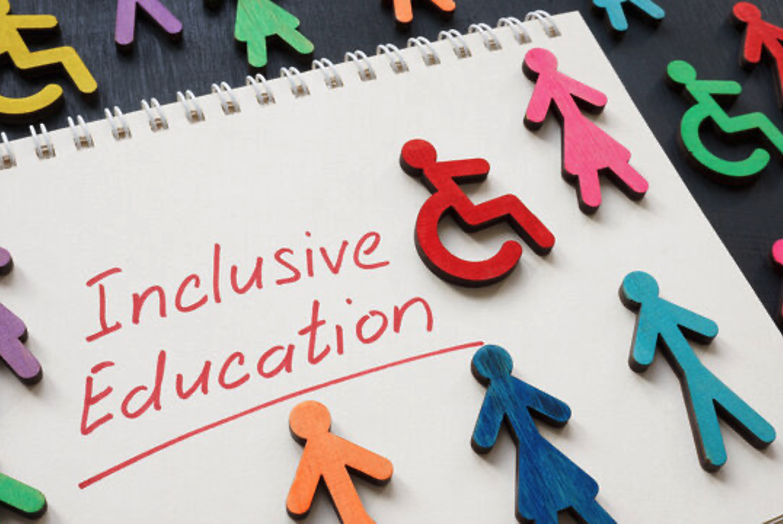Teaching Self-Care Skills to Learners with Special Needs

The Importance of Play for our Learner with Special Needs
Happy New Year and Welcome to 2022
Think about the skills you use every day to cook, clean, run errands, socialize, and having good personal hygiene. These skills were taught either through direct instruction or by watching your parent/grandparent perform these everyday tasks. Either way, our learners with special needs also require instruction in these areas so that they can successfully navigate through life. Here are some helpful hints to teach self-care skills to your child with special needs.
- Choose one skill to focus on at a time. Don’t overwhelm your child by working on
all of their self-care skills at once. Choose one and focus on it. Let’s start with personal hygiene. This includes taking a shower, brushing teeth, combing hair, and dressing. To start this skill, you can read a social story about the process of taking care of oneself. This will help the learner to visualize this task. Video modeling is another evidence-based strategy to use as well. You can find videos of teeth brushing where students model correct ways to brush their teeth. Again, this is another way to visualize this skill. Lastly, as the parent/caregiver, you can model these tasks and allow your child to copy/imitate what you do. All of these visual cues can help teach your child the right way to take care of their personal hygiene tasks.
- Prompting is a tool that we as parents can use to make the process of teaching self-
care skills easier. By using verbal or physical prompts, we are gently guiding the learner to remember each step. We don’t want to continue prompting, but as the child learns the task, we will decrease or fade out the amount of prompting that we give. Physical prompting involves hand-over-hand gestures and verbal prompting is giving prompts with our words. Eventually, when the child has learned the task, prompts will no longer be required.
As we navigate through the self-care path, remember that positive reinforcement (praise, high fives, smiles, hugs, etc.) are ways to encourage our children that they are doing a great job. These are important gestures to keep our learners motivated to learn.
Related posts






